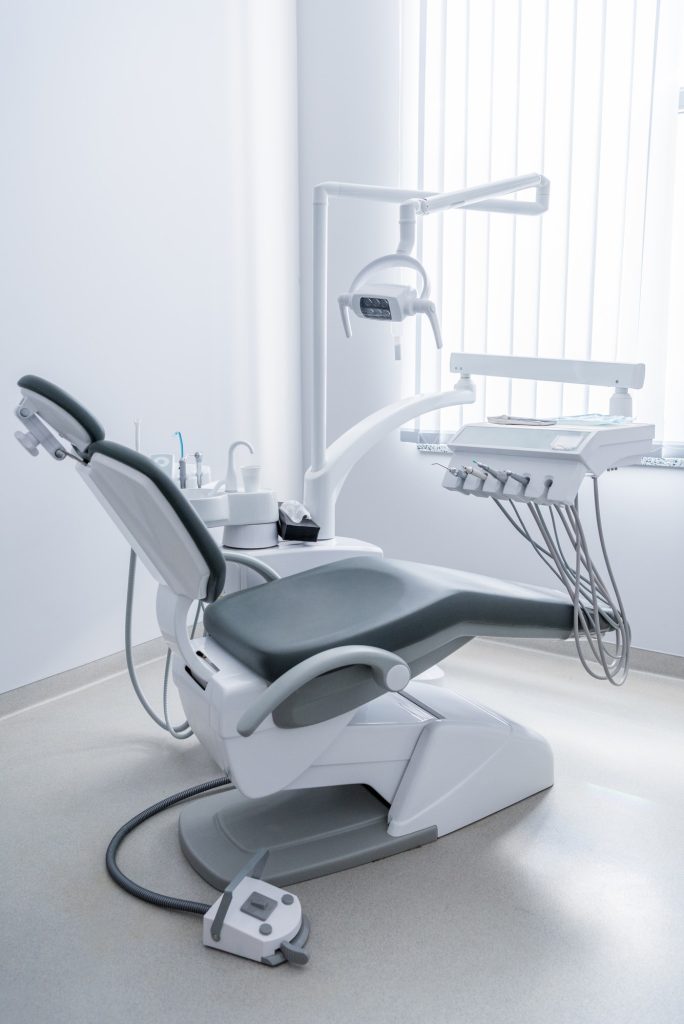Root canal treatment is a common dental procedure that can help save a tooth when the inner pulp becomes inflamed or infected. The pulp contains nerves, blood vessels, and connective tissue, and when it is damaged, the pain and risk of infection can be significant.
While only a dentist can confirm whether a root canal is required, there are certain symptoms that should never be ignored. By recognising these early signs, you can seek treatment before the condition worsens.
1. Persistent Tooth Pain
One of the clearest indicators of a problem is ongoing tooth pain. This pain might feel sharp, dull, or throbbing, and it can occur when chewing, applying pressure, or even at rest.
Toothache may be caused by many issues, but when it is prolonged, it often points to infection inside the tooth. A root canal may be needed to remove the inflamed pulp and relieve the pain while preserving the tooth.
2. Sensitivity to Hot and Cold
If sipping hot tea or eating ice cream causes discomfort that lingers long after the temperature has passed, it could be a warning sign. Short bursts of sensitivity are common, but prolonged sensitivity suggests that the nerves inside the tooth may be damaged.
This type of sensitivity often worsens over time, so it’s best to book an assessment with your dentist before the problem progresses.
3. Swollen or Tender Gums
Infection inside a tooth can spread to the gums, causing swelling, tenderness, or the appearance of a small pimple-like bump near the affected tooth. Sometimes pus may drain from this area, which is a strong indication of an abscess.
Tender gums should not be ignored. Even if the swelling subsides temporarily, the underlying infection may still be active and require treatment.
4. Darkening or Discolouration of the Tooth
When the pulp inside a tooth becomes damaged, the blood supply may be affected, causing the tooth to appear darker or grey compared to the surrounding teeth.
This change in colour can sometimes be mistaken for surface staining, but in many cases it indicates internal damage. A dentist can determine whether the discolouration is cosmetic or linked to pulp problems requiring a root canal.
5. Tooth Feels Loose
A healthy adult tooth should feel stable. If you notice a tooth starting to move or shift, infection inside the pulp or supporting bone may be the cause. Inflammation can weaken the structures that keep the tooth secure, and in advanced cases, the tooth may be at risk of loss without treatment.
6. Severe Decay or Damage
Extensive tooth decay that reaches deep layers of the tooth often affects the pulp. Similarly, teeth that have suffered large cracks, fractures, or repeated dental work may need a root canal to restore function.
Dentists typically aim to preserve natural teeth wherever possible, and root canal treatment is a reliable option to avoid extraction in these cases.
7. Facial Swelling or Abscess
Perhaps the most urgent sign is noticeable swelling in the jaw or face, often linked to a dental abscess. An abscess is a pocket of infection that can cause pain, pus discharge, and swelling. This is considered a dental emergency and should be treated immediately to prevent the infection from spreading to other areas of the body.
Why Root Canal Treatment Matters
Root canal treatment removes infected pulp, cleans the inside of the tooth, and seals it to prevent further infection. Without this treatment, the infection can spread to surrounding teeth, gums, and even the jawbone.
Importantly, root canal therapy allows patients to keep their natural tooth. Extraction is sometimes necessary, but it can lead to shifting teeth and bone loss over time. Preserving the tooth with a root canal is usually the best long-term solution.
Prevention and Early Detection
Regular dental visits play an important role in preventing issues that can lead to root canal treatment. Routinecheck-ups and cleans allow dentists to detect decay or cracks early, often before the pulp is affected.
Maintaining good oral hygiene at home also reduces the risk of severe decay and infection. Brushing twice a day with fluoride toothpaste, flossing daily, and reducing sugary foods all help protect your teeth.
FAQs About Root Canal Treatment
Is a root canal painful?
Modern root canal treatment is carried out under local anaesthetic, meaning patients should not feel pain during the procedure. Some mild discomfort may occur after, but this typically settles within a few days.
How long does recovery take?
Most people return to normal activities the same day or the following day. Any post-treatment tenderness usually improves with over-the-counter pain relief.
What happens if I delay treatment?
Delaying a root canal can allow the infection to spread, potentially leading to abscesses, bone loss, and tooth extraction. Early treatment gives the best chance of saving the tooth.
Can a root canal save any tooth?
Not all teeth can be saved with a root canal. If the tooth is too damaged or the surrounding bone is compromised, extraction may be necessary. Your dentist will advise you on the best option.
Don’t Ignore the Warning Signs
Root canal treatment may sound daunting, but it is a routine procedure that can relieve pain and protect your natural teeth. If you notice any of these symptoms, it’s important to seek care before the problem worsens.
Book an appointment for root canal treatment with Radiant Smiles Dental Bundoora, or visit our homepage to explore the full range of services we provide.
Disclaimer:
The information provided in this blog is for general educational purposes only and should not be taken as medical advice. It is not a substitute for professional diagnosis, treatment, or care. Always seek the guidance of your doctor or other qualified healthcare professional with any questions you may have regarding your health or medical condition.









